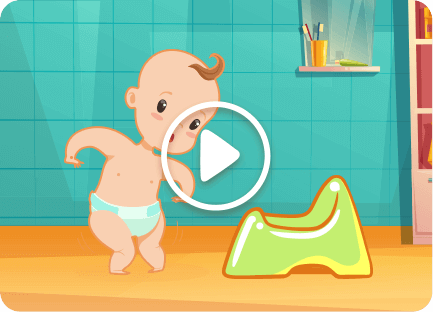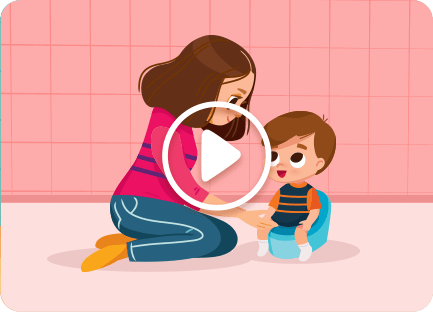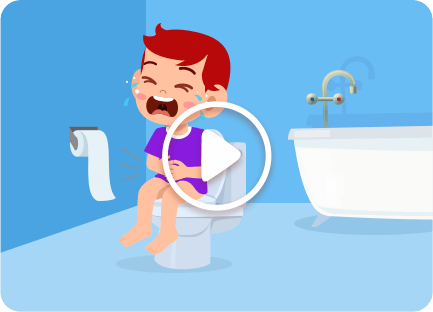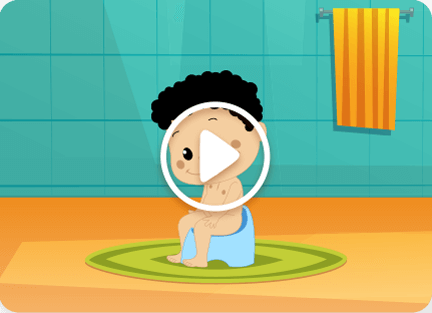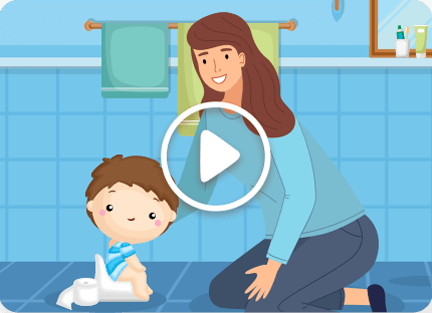Plate up a nutritious well-balanced diet
As per the American Health Foundation, here are guidelines for achieving minimal recommended fibre intake for kids.
- Tips to increase fibre intake
- Fibre and constipation
- Fibre in cereals
- Fibre in fruits
- Fibre in vegetables
Tips to increase fibre intake
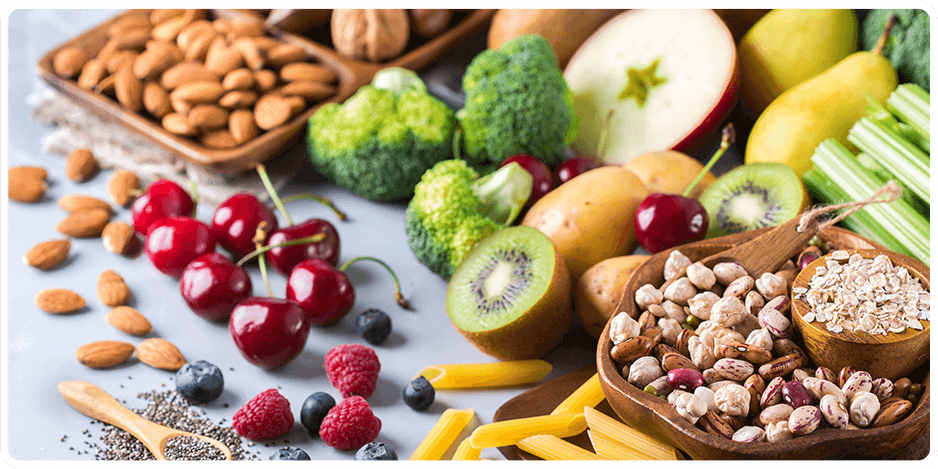
- 1. Mix fibre-rich foods in your kid’s diet like whole-grain breads, high-fibre cereals, legumes and nuts, fruits and vegetables.
- 2. Include fresh fruits with skin and raw vegetables as snacks.
- 3. Add 2 to 4 tablespoons of bran in meals.
- 4. Increase water in the diet.
Fibre and constipation
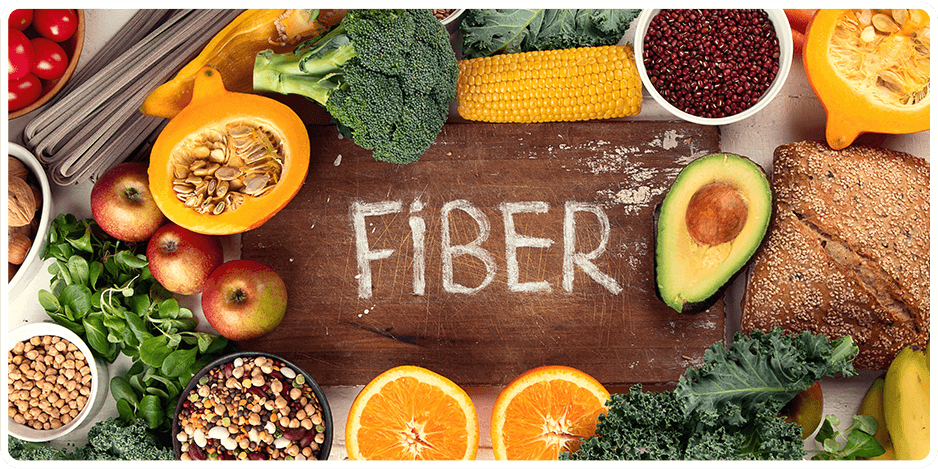
The American Academy of Paediatrics recommends that children between 2 to 19 years must eat a daily amount of fibre that equals their age plus 5 grams of fibre.
e.g., 9 grams of fibre is recommended if your child is 4 years old (4 + 5 grams).
Fibre in cereals
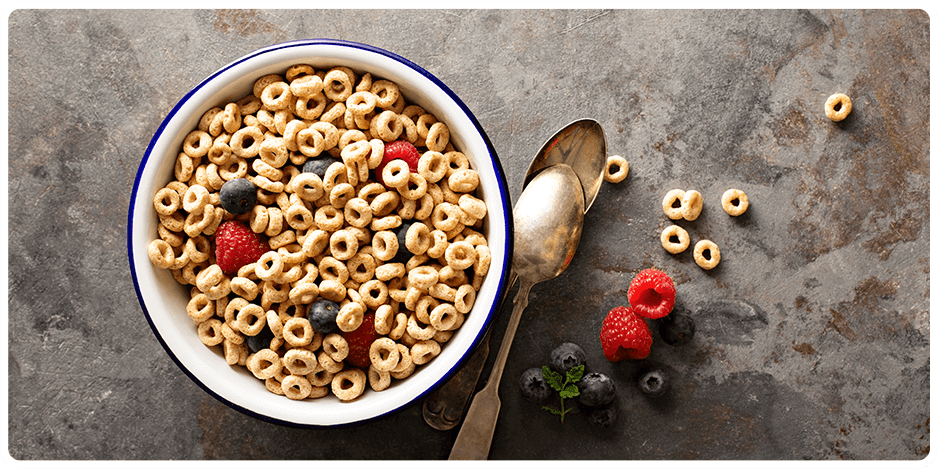
| Fibre One | 13 |
| 100% Bran | 12 |
| All Bran | 12 |
| Bran Buds | 12 |
| Kashi Go Lean | 5 |
| Grape Nuts | 5 |
| Raisin Bran* | 3 to 5 |
| Cracklin' Oat Bran* | 4 |
| 100% Whole Grain Wheat Chex | 3 |
| Fruit and Fibre | 3 |
| Great Grains | 3 |
| Frosted Mini Wheats | 3 |
| Cheerios | 2g |
| Wheaties | 2g |
| Instant oatmeal | 2g |
Fibre in fruits
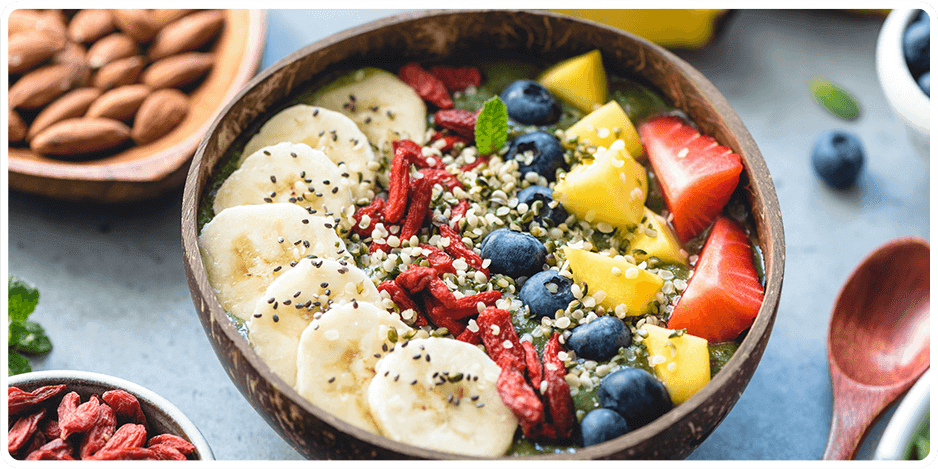
| Pear (one) | 4 |
| Strawberries (1 cup) | 3 |
| Apple (one, with skin) | 3 |
| Dried fruits (eg, raisins) (3 Tbsp.) | 3 |
| Papaya (one) | 3 |
| Peach (fresh) | 2g |
| Plums (two) | 2g |
| Mango | 2g |
| Nectarine | 2g |
| Avocado (½ medium) | 2g |
| Tomato (one medium) | 2g |
Fibre in vegetables
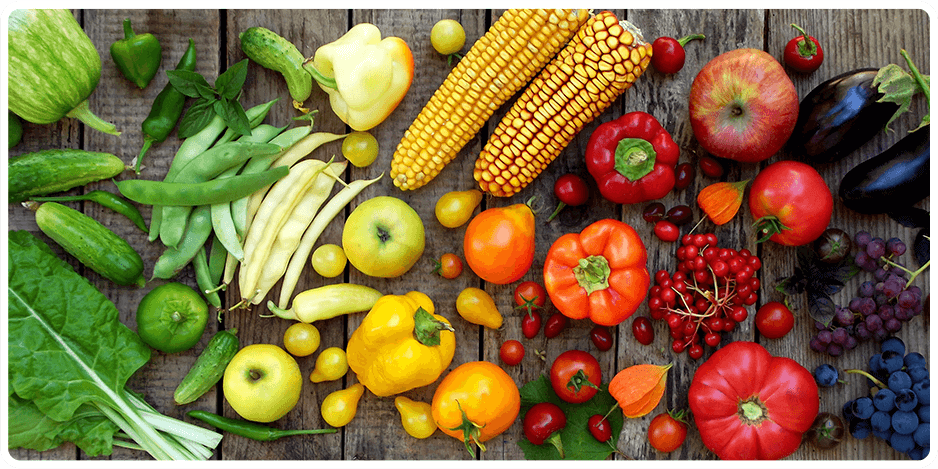
| Pinto, kidney, black, lima beans (½ cup) |
4 to 7 |
| Sweet potato (1 medium) | 4 |
| Lentils (½ cup) | 4 |
| Jicama (½ raw) | 3 to 4 |
| Baked potato with skin (medium) | 3 |
| Corn (½ cup) | 3 |
| Peas (½ cup) | 3 |
| Broccoli (½ cup) | 2g |
| Cabbage (½ cup) | 2g |
| Spinach (½ cup) | 2g |
| Cauliflower (¾ cup) | 2g |
| Carrots (1 medium raw, or ½ cup cooked) |
2g |
- Types of fluid
- Tips to increase fluid intake
- How much fluid is enough?
Types of fluid

- 1. Water is the best source of fluid
- 2. 100% Juice ~150ml per day for kids under 6 and older than 6 can have ~300ml per day. Sugars in pear, apple, prune, etc., are a natural laxative and can help constipation.
- 3. Milk is an important part of a child’s diet. However, too much milk can also cause constipation. Aim for 2-3 cups per day.
- 4. Electrolyte drinks, energy drinks, and soda often have added sugars and are not usually a good choice for children.
Tips to increase fluid intake
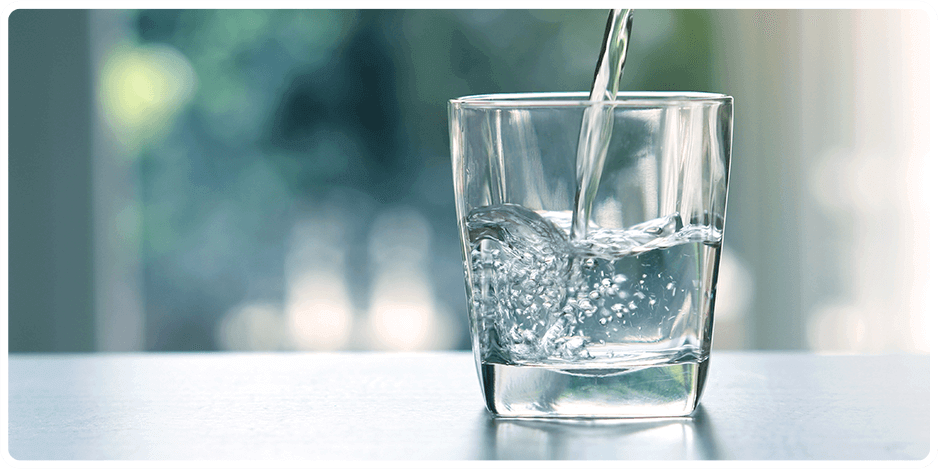
- 1. Meal and a glass of water - Give water between meals, so children will not feel full before eating.
- 2. Before activities, as a snack, give water or juicy fruits such as grapes, oranges or watermelon.
- 3. Keep a bottle or cup of water handy for your child to take sips anytime. Add a wedge of citrus fruit to water to give it more flavour. Or try a splash of unsweetened drink mix.
- 4. Children imitate what they see - they are more likely to drink water when they see their parents and siblings drinking water.
How much fluid is enough?
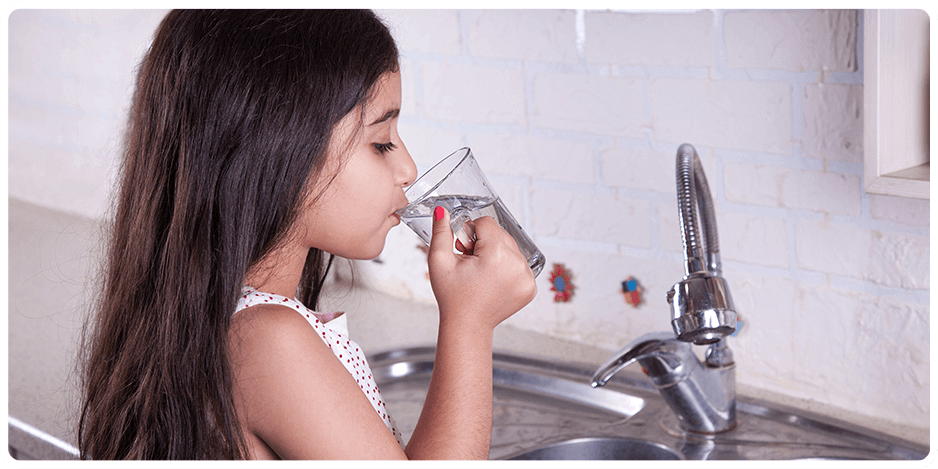
The amount of water your child needs to drink every day can change basis the activities and the food they eat. That is why it is important to pay attention to your child’s thirst cues. Clear, pale yellow coloured urine is a good sign that your child is drinking enough water. Darker, tea-coloured urine usually means he or she should be drinking more water.
Recommended liquid consumption across sources is 4-5 cups for children between 1 - 8. For children between 9 - 13, consumption should be increased to 7-8 cups.
